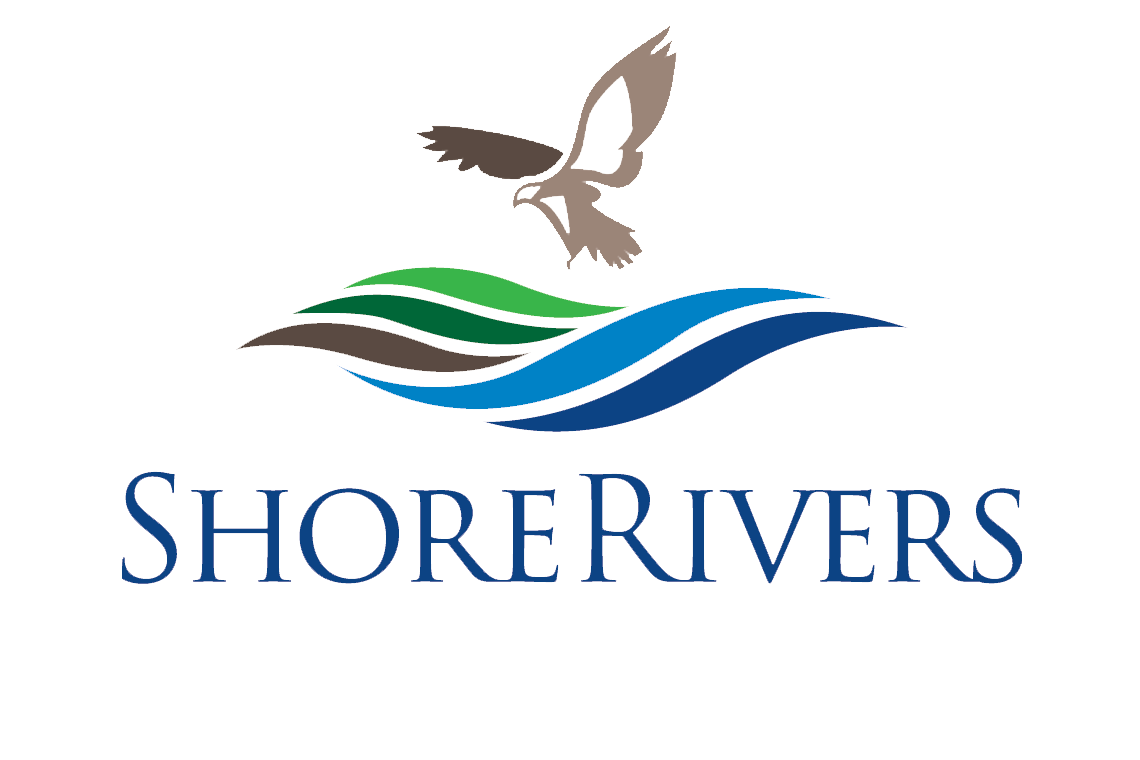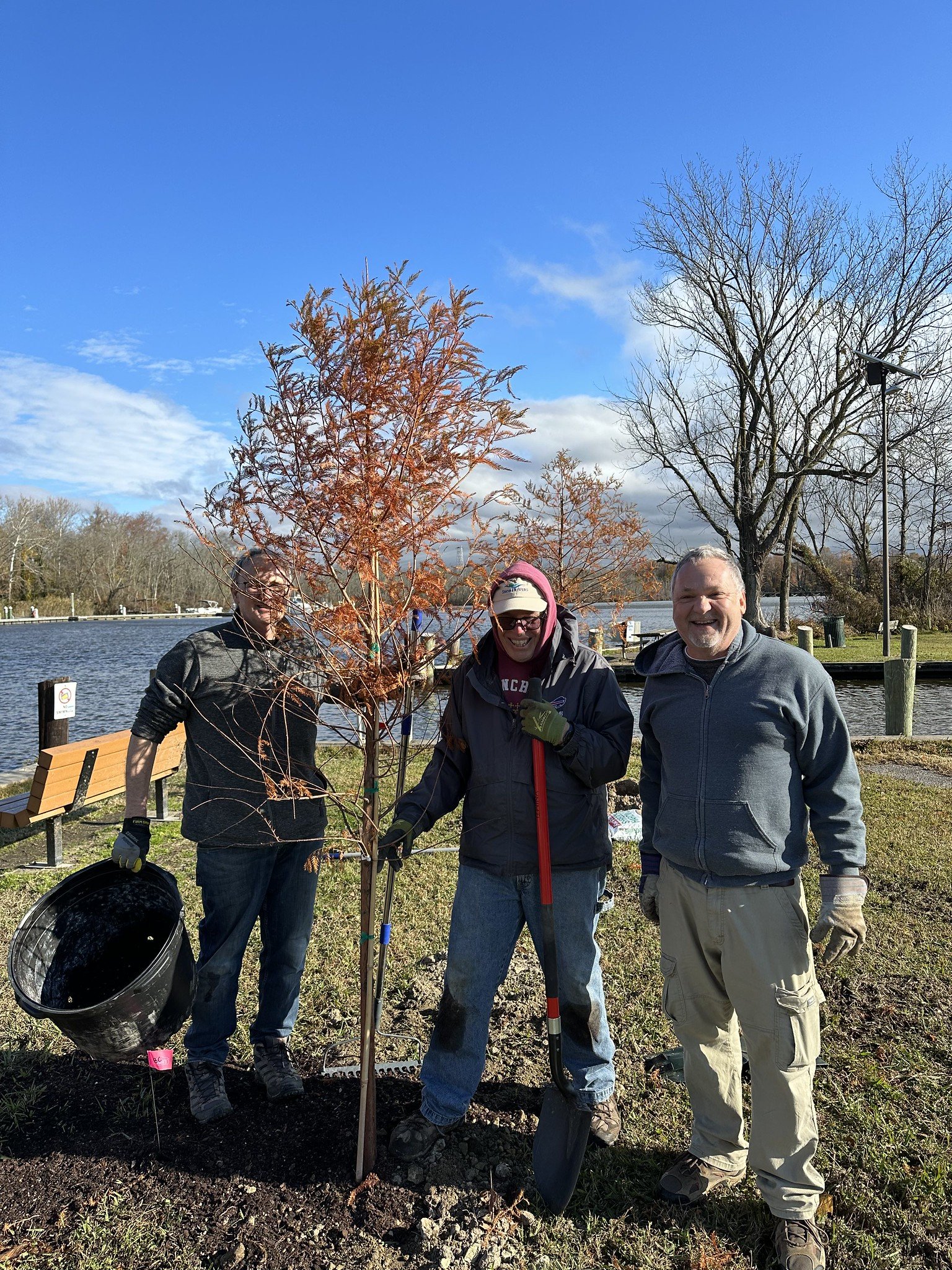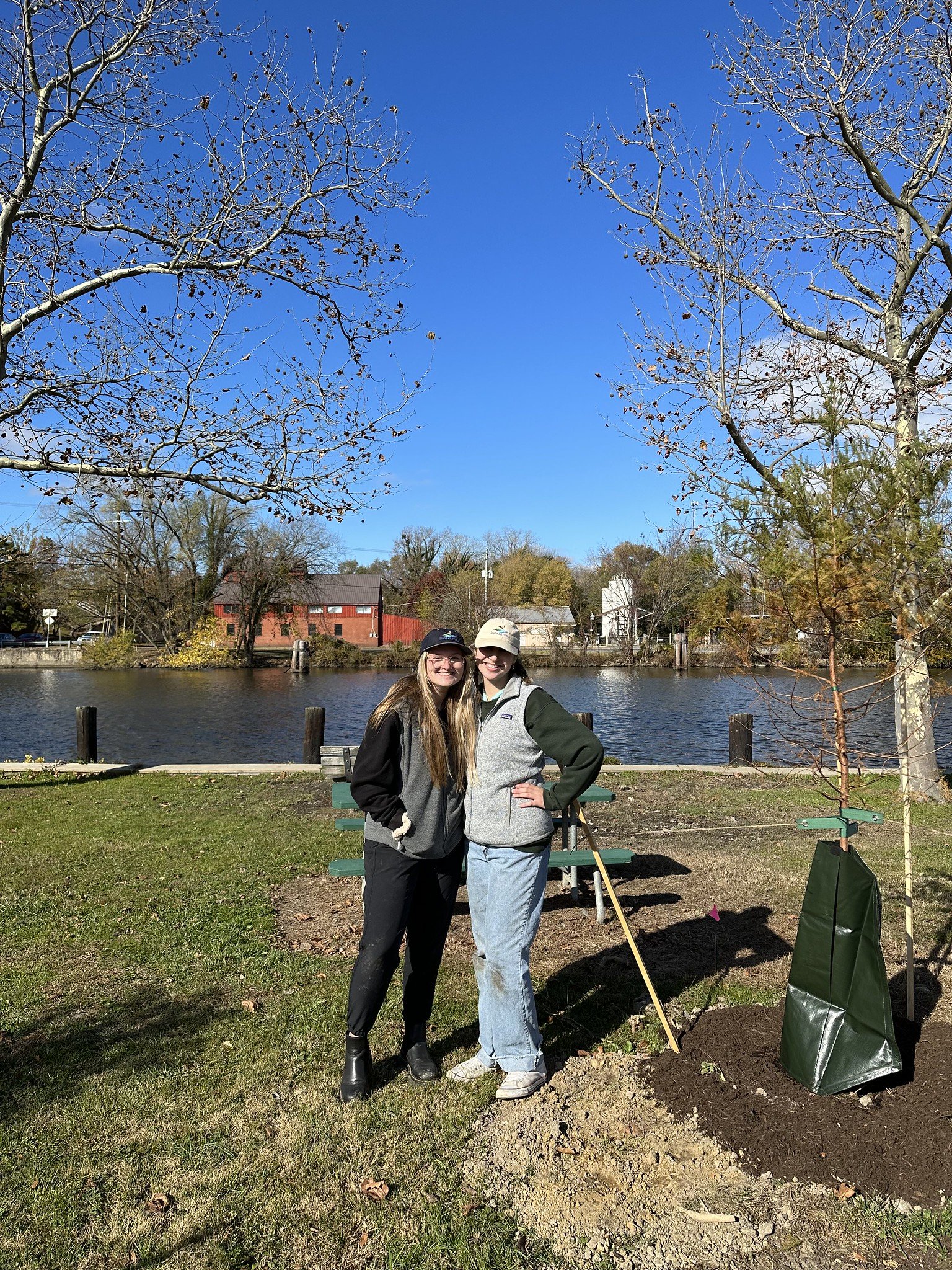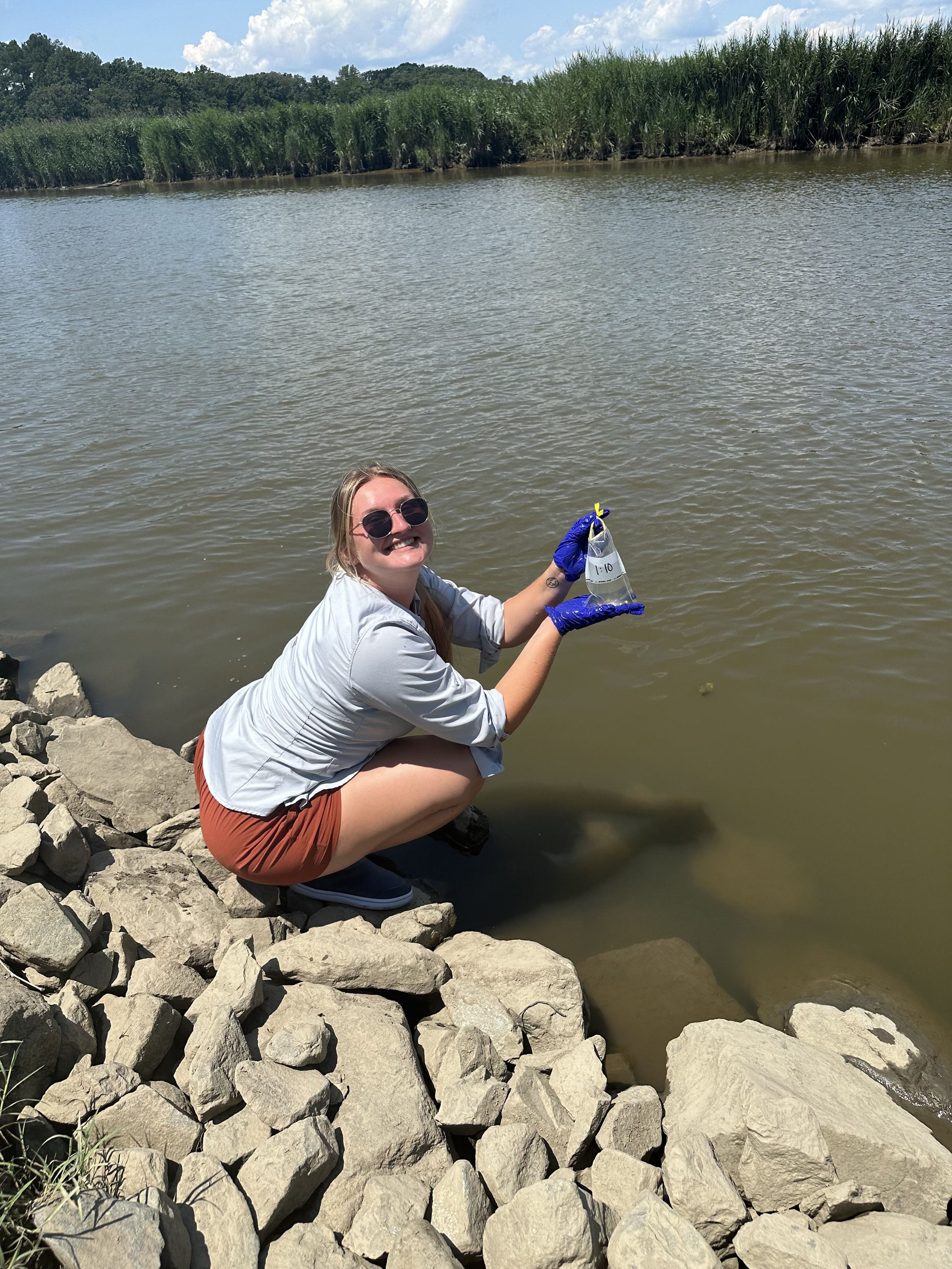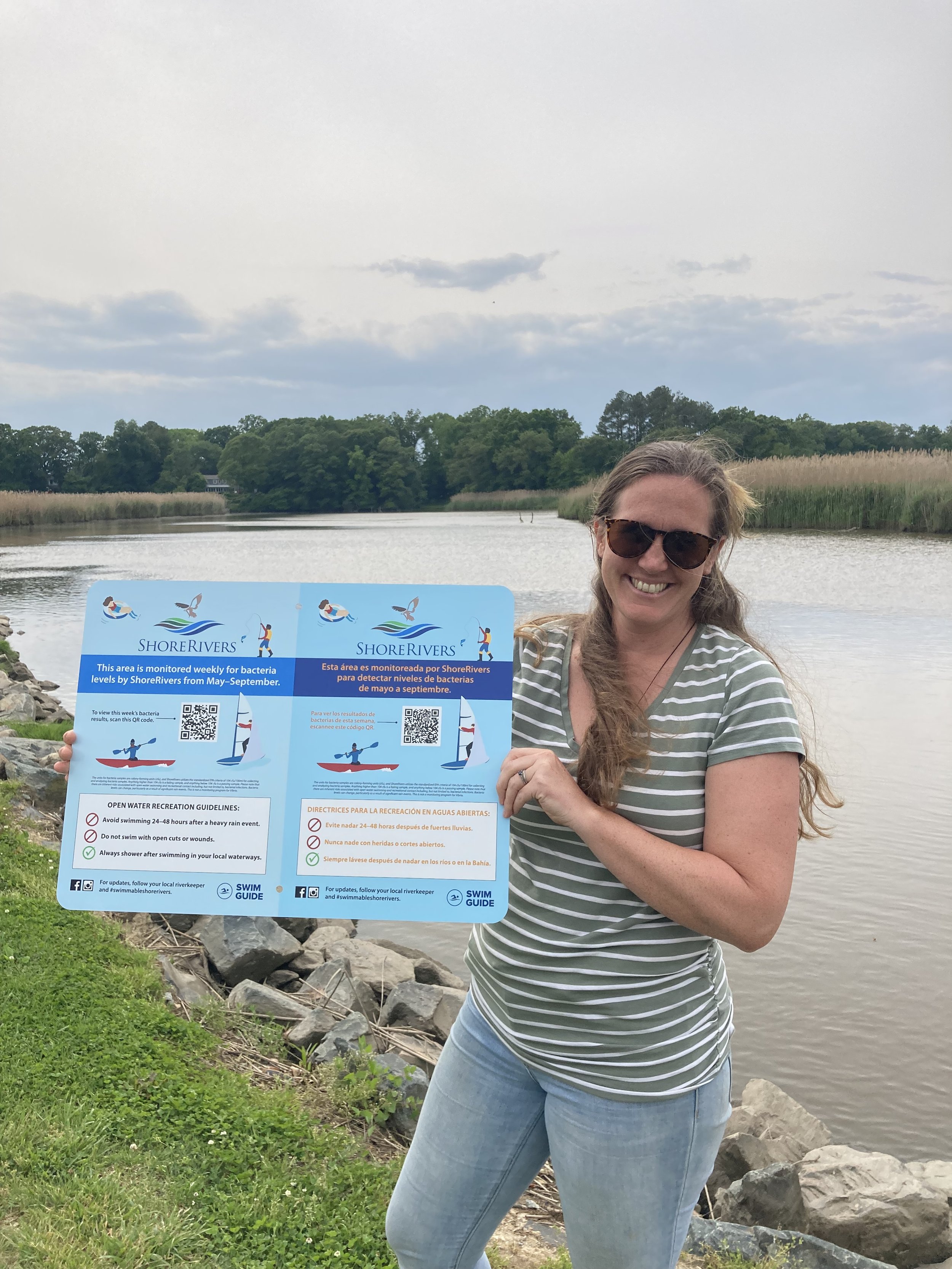Join ShoreRivers and your local Riverkeepers at an upcoming State of the Rivers event — free presentations held each spring to inform the public about the current state of our Eastern Shore waterways. Visit shorerivers.org/events to learn more.
ShoreRivers is pleased to announce the return of its highly anticipated State of the Rivers events — a series of free presentations held each spring to inform the public about the current state of our Eastern Shore waterways and what we can all do to protect and restore them. Whether this will be your first or your 15th State of the Rivers, we invite everyone to attend, learn, sip, and savor — and bring a friend, too!
Each year, between April and October, ShoreRivers’ professional Riverkeepers conduct weekly tidal sampling of more than 60 sites from Cecilton to Cambridge, then test for multiple scientific water quality parameters including dissolved oxygen, nutrient pollution, chlorophyll, and clarity. These indicators reveal the overall health of our waterways and our progress toward protecting and restoring our local rivers. ShoreRivers, statewide groups, and national agencies use this information to track trends, develop remediation strategies, advocate for stronger laws and enforcement, alert the public of potential health risks, and inform region-wide efforts toward clean water goals.
The public is invited to learn more about the results of this testing at this year’s State of the Rivers presentations, hosted around the region by the Riverkeepers themselves. Light refreshments, including local oysters, will be provided. ShoreRivers is grateful for continued partnerships with our host venues, as well as Choptank Oyster Company, Orchard Point Oysters, and Ten Eyck Brewing Company.
Please save these dates for this year’s State of the Rivers presentations:
Tuesday, April 22, at Betterton Fire Hall, from 5:30–7pm
State of the Sassafras River & the Bayside Creeks, hosted by Riverkeeper Zack Kelleher
Thursday, April 24, at The Packing House in Cambridge, from 5:30–7pm
State of the Choptank River, hosted by Riverkeeper Matt Pluta
Thursday, May 1, at Cult Classic Brewing in Stevensville, from 5:30–7pm
State of the Chester River, hosted by Riverkeeper Annie Richards
Thursday, May 8, at the Chesapeake Bay Maritime Museum in St. Michaels, from 5:30–7pm
State of the Miles River, Wye River, and Eastern Bay, hosted by Riverkeeper Ben Ford
In addition to analyzing water quality data and communicating this information to the public, Riverkeepers use their weekly sampling as an opportunity to monitor changes along shorelines, identify potential indications of illegal discharges, and scout submerged aquatic vegetation beds. These observations, coupled with the quantitative data collected throughout the year, paint a holistic and well-informed picture of the health of each river and its tributaries. Riverkeepers work collaboratively with the community and with ShoreRivers’ other departments (including education, agriculture and restoration, and community engagement) to increase awareness of the issues, inspire behavior change, and implement practices for healthier river systems. Information on these efforts, plus data from the popular Swimmable ShoreRivers’ bacteria monitoring program, will also be shared during State of the Rivers presentations.
“Eastern Shore waterways are choked by polluted runoff from residential, commercial, and agricultural properties,” said Matt Pluta, ShoreRivers’ Choptank Riverkeeper & Director of Riverkeeper Programs. “Regular scientific monitoring is a signature component of ShoreRivers’ operations and the only comprehensive testing of our local rivers currently being conducted. Please join us at a State of the Rivers event in your area to learn what’s happening, why it’s happening, and the important ways we can work together to make it better.”
This event is free — registration is requested but not required. For more, visit shorerivers.org/events.
